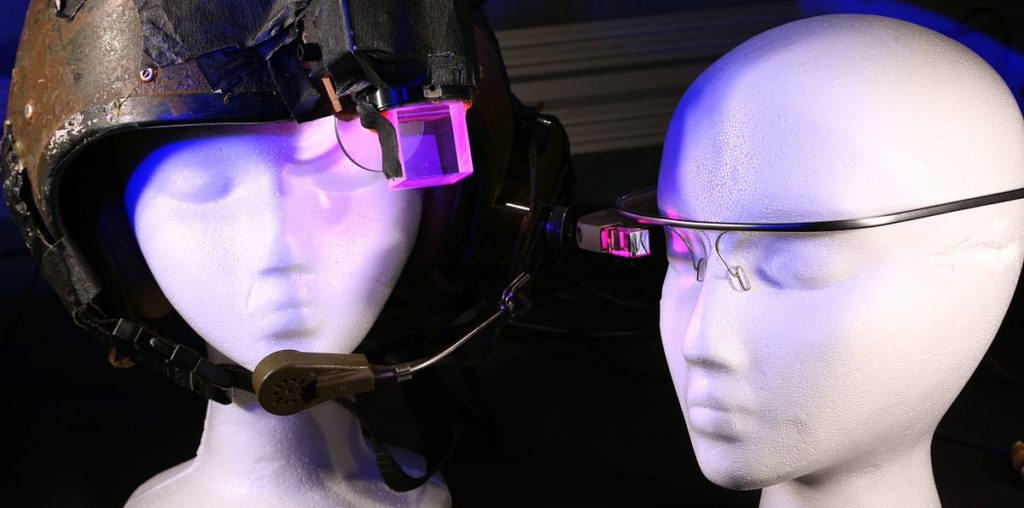It is a time of change and it is taking a turn for the better (and for the worse).
We have watched the world of Mobile Technology took some humongous leaps in the last decade. Some have left us mesmerized and yearning for more, but some have been the cause of belly-aching mirth.
As the innovators and inventors wave their wand of ingenuity in the technosphere to conjure up some mind-blowing products, there are few who rise up with their quirky ideas and try to market them as breakthrough products. It is truly an entertaining prospect to watch the rise of the products that achieve greatness along with the ones that are borderline ridiculous.
When Google launched the Google Glass in May 2015, it projected a sale of millions at the very first day of the launch. Little did they know that the product would not be received with the same enthusiasm as its promotional videos.
There is no doubt that this product is a brave new step taken by Google to create a ubiquitous computer, but this product still turned out to be an idea that wasn’t quite acceptable by the masses.
The product’s basic idea was to change the way consumers used computers. The omnipresence of computer interface is surely the next big thing and Google courageously tried to implement this idea with the Google Glass, but the world doesn’t seem to be ready for it just yet.
The fact that this product failed in the market is something that most tech gurus still get perplexed over. The reason why this product was unsuccessful wasn’t the technology; it was its acceptance by the consumers.
The potential target market was simply unconvinced about what problems it would solve or what they needed the product for. Famous tech author Al Sacco described this product as ‘expensive, controversial, futuristic and odd-but-interesting-looking wearable computer,’ and aptly so.
The Google Glass, despite its failure in the market, deserves applause for the brave attempt at making something different. It can in no way be ridiculed as a zany invention.
What can be, however, is a product called a Talking Shoe.
The bucket of wisdom seems to have been purposefully perforated with this one. The product does exactly what it is titled. It is a pair of sneakers that a consumer can own that can talk to you. It is programmed to respond to certain stimuli and word it out loud.
If the wearer idles and yawns, the shoe is programmed to prompt, ‘This is super boring.’ If the wearer starts to jog, it prompts, ‘I love the feeling of the wind in my laces.’ I don’t know about you, but if I came across a user who walked around with a talking shoe, I would ask them to make some real friends.
Since this is a Google product, one can simply not expect it to stop there. The shoe actually connects to the user’s cell phone and uploads status messages on social networking sites. This, in my definition, truly fits the role of the bizarre. It would come as no surprise if this product failed to make an impact on the market.
But let us not fixate on the chucklesome. The world is still full of those great minds which bring in a wave of brilliance and strive for the betterment of humanity.
The new mobile application called Colorimetrix is set to change the face of medical diagnosis.
In March 2014, the University of Cambridge announced the development of this application and it got the attention of a large number of intrigued users. The application uses the camera on a smartphone to accurately analyze colorimetric medical tests.
These tests are used to monitor the patient’s urine, saliva or other bodily fluid for medical conditions such as diabetes, kidney disease, and urinary tract infections. There have been no questions about the accuracy of this application’s diagnosis, thanks to the ingenious data conversion algorithm that Cambridge has invoked.
The algorithm captures the data using the mounted camera and transforms it into a numerical value, which can be forwarded to a medical professional for further analysis.
Ali Yetisen, a Ph.D. student in the Department of Chemical Engineering and Biotechnology, is the lead researcher on the project.
‘The Colorimetrix,’ says Yetisen, ‘is an app that turns any smartphone into a portable spectrophotometer, allowing semi-quantitative measurement of colorimetric test strips or solutions.’
When asked about the future scope of the application, Yetisen thinks the application has the potential to aid the fight against HIV, Tuberculosis and Malaria in the developing world, bringing the concept of mobile healthcare to reality.
The application is now made available for the field use and will soon be available as a full-fledged commercial product.
These inventions have never seized to impress and amaze. We watch these inventions grow and we witness their ascension in the market with hopes that can make and break.
But while we watch the balance sway between the ludicrous and the genius, let us hope it is tipped towards the latter.
Crafted with brevity
to make certain you see what others don't
Subscribe. We are growing.












Rishi Kalapi, an IT professional, discovered the writer in him two years ago. While pursuing his career as an Android Developer, he has provided his writing services independently through various online employment forums. His educational background has given him a broad base from which to approach a variety of topics related to Cellular Technology and Mobile Innovation. He has a keen interest in Music and Cinema, and conducts guitar tuitions in his free time.